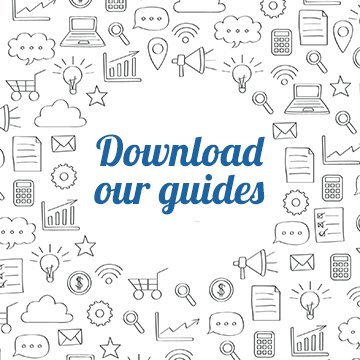In the last 10 years the web has been completely revolutionized by the spread of mobile phones. Discover how to redesign your email campaigns from a mobile perspective
Since 2014, mobile devices have exceeded the number of the world's population (7.22 billion GSMA Intelligence); in 2016 it was estimated that 62.9% of the world's population had a mobile phone and today there are over 5 billion mobile unique subscribers (GSMA Intelligence 2018).
The mobile revolution has radically changed people's habits, including the way they interact with email on a daily basis.
Emails opened on mobile (smartphone, tablet, or e-reader) have increased in 5 years (2012-2017) from 29% to 55%, while those from desktop (i.e. software installed on PC or Notebook such as Outlook or Apple Mail) from 34% to 16%. In countries such as the United States, Canada and Australia, the percentage of openness from mobile phones is over 70%, while in Italy it is slightly higher than the average (57%) (Return Path's Data Report The Email Client Experience).
The change in the way users access email requires a rethinking of strategies and content by all those involved in email marketing.
Email (Newsletter or DEM) and email marketing strategies need to be rethought and tailored for mobile devices.
5 THINGS NOT TO DO
- Send Email without customizing the sender
- Make your email text unreadable
- Oblige users to zoom in
- Use too small characters (minimum 14px for the body and 22px for the title)
- Insert links or buttons (CTA or Social) too close together. People with large fingers may want to click on one link, but accidentally click on another.
5 THINGS TO DO
- Using Responsive Templates can increase the CTR by more than 10%.
- I prefer simple, straightforward language.
- Use shorter objects. Since the display on furniture is reduced, your item may be truncated. Do not exceed 35 characters and write the most important elements at the beginning of the object.
- Insert the preheader. Although the subject line is shorter on mobile devices, mobile email apps, such as Gmail, also include pre-header text in the display. An added opportunity to engage recipients and convince them to open the email.
- Include a call-to-action.


